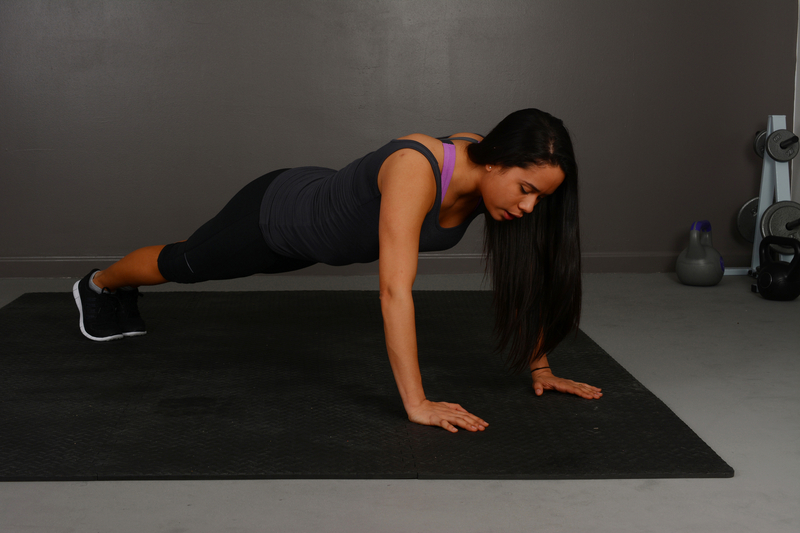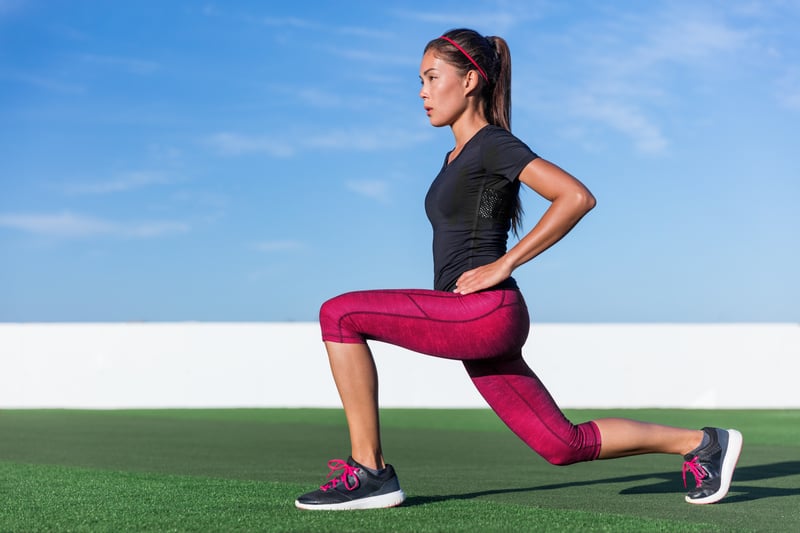How to Start Lifting Weights: A Beginner’s Guide

Are you ready to start lifting weights? If you’ve heard anything about weightlifting being the fountain of youth, you’re probably raring to go! But, taking a few minutes to figure out the basics and get started on the right foot can go a long way toward a long-term, productive, and hopefully injury-free weightlifting lifestyle.
In today’s article about weightlifting basics, we cover:
- What is Weightlifting?
- Benefits of Weightlifting
- Rules of Thumb
- Types of Weightlifting Splits
- Weightlifting Workouts for Beginners
What is Weightlifting, Exactly?
Weightlifting is known by a few different names. This includes resistance training, bodybuilding, bodyweight training, pumping iron, free weights, weight training, and more. It simply means that you’re doing a form of “anaerobic” training. (That is, training that does not use oxygen to break down glucose for energy. In other words, it’s not cardio.) It involves short, more intense bursts of energy as you repeatedly lift a weight.
How do you move the weight? You move it against gravity, against your own bodyweight, or against a resistance band. You can also do isometric exercises where you press against or resist an immovable object. You can use machines (normally found in a fitness facility, though there is fitness equipment designed for home use), dumbbells, and barbells (called free weights), bands, cables, kettlebells, bodyweight, etc. You can, and should, mix up all the different types of training as well.
Weightlifting is also unique in that it involves tearing down the muscle fibers through lifting and then healing and rebuilding that muscle tissue during phases of rest (on your off days). This is how you build muscle.
What are the Benefits of Weightlifting?
1. Tone up—building muscle through weight training will shape your body and reveal sexy muscle tone.
2. Strengthen bones—studies show that lifting weights will not only help you build muscle, but it will preserve and build bone strength.
3. Lose body fat—if you want to get lean, a combination of weightlifting and aerobic exercise, coupled with a controlled-calorie diet, is the secret.
4. Get stronger—the more you lift, the stronger you will become. And that strength crosses over into all areas of your life, from bringing in the groceries to lifting your children or grandchildren.
5. Boost your metabolism—the more muscle you build, the higher your metabolism will be! Combat the normal muscle loss experienced by most as they get older by making weightlifting a lifelong endeavor.
BREAKING: Forget Taking Collagen, Try This 21-Second Trick for Healthier Skin & Hair Instead
Weightlifting Rules of Thumb
1. Start slowly—focus on learning, and learn proper form first! This is super important and will form the building blocks upon which you will move onto other exercises, progressively train to build muscle, and create your best chance of remaining injury-free.
2. Don’t work the same body part twice in a row—if you’re sore, take another day or two off from working that body part. This is when your body is repairing and building that valuable muscle tissue.
3. Get a trainer or mentor—learning the ropes and creating a good foundation is vital if you want a long, injury-free weightlifting journey.
4. Keep a journal—what gets measured and tracked improves! Plus, this will help you keep track of what you did in previous workouts so you can increase your weight, sets, and/or reps in the following workouts.
5. Include all muscle groups—whichever split you choose to use, ensure you don’t neglect any areas of the body. Here are the major muscle groups:
- Chest
- Shoulders
- Triceps
- Back
- Biceps
- Legs
- Calves
- Abdominals
Types of Weightlifting Splits
There are a lot of workout programs you can choose from, but here are a couple of popular ones to start lifting weights:
Full Body—with this type of workout, you would work your whole body several times a week. Ideally, take a day or two off between weight workouts.
Upper Body/Lower Body—here, you would work all the muscles in your upper body on one day and then all the muscles in your lower body on the next. Normally, folks will do upper body twice and lower body twice over the course of a week.
Push/Pull—with this type of workout, you’ll do exercises that require “pushing” movements on one day, followed by exercises that require “pulling” movements on the next. For example, for pushing, you might work on chest and shoulders, and a pulling day might include back and triceps exercises.
Builder’s Split—this combines body parts that naturally work in conjunction with each other and work them together in the same workout. For example, chest, triceps, and shoulders would be worked together, back and biceps together, and finally, legs, calves, and abdominals together.
Experiment with different splits as you get more accustomed to weightlifting and figure out what works best for you and your schedule.
SPECIAL OFFER: Ageless Turmeric Supports Healthy Inflammation Levels & Detoxification. Now Up to 71% Off.
Weightlifting Workouts for Beginners
While you can use any type of split you like, start with about 12 – 15 repetitions per set and do 3 sets of each exercise. Always remember to warmup with some kind of cardiovascular movement for 5 – 10 minutes before getting started.
Here’s a beginner weightlifting workout you might like to try to start lifting weights:
Split this workout up to do one section a day, preferably with a day in-between workouts. Note: feel free to do cardio sessions on your days off from weight lifting!
Chest/Shoulders/Tricpes

- Pushups
- Dumbbell Lateral Raises
- Cable Triceps Pulldown
Back/Biceps

- Lat Pulldown on Machine
- Seated Rows on Machine
- Biceps Curls
Legs/Calves/Abs

- Bodyweight Squats
- Walking Lunges
- seated Calf Raises on Machine
- Planks
Each week, remember to push your muscles to work harder, so you continue to progress. For example, you can either add more weight, more sets, or more reps each workout to help your muscles fatigue so they build back stronger.




 7 Signs Your Body is Seriously Low on Collagen (not just wrinkles)
7 Signs Your Body is Seriously Low on Collagen (not just wrinkles) Health Expert: "Turmeric Doesn't Work (unless...)"
Health Expert: "Turmeric Doesn't Work (unless...)" 3 Warning Signs Your Probiotic Supplement is a Total Waste
3 Warning Signs Your Probiotic Supplement is a Total Waste

